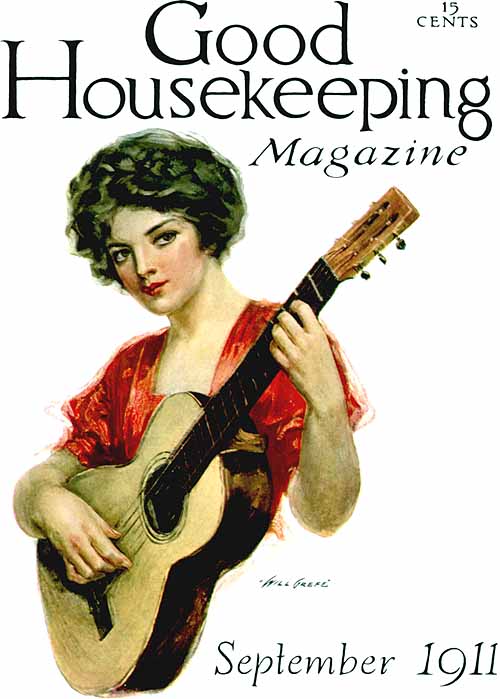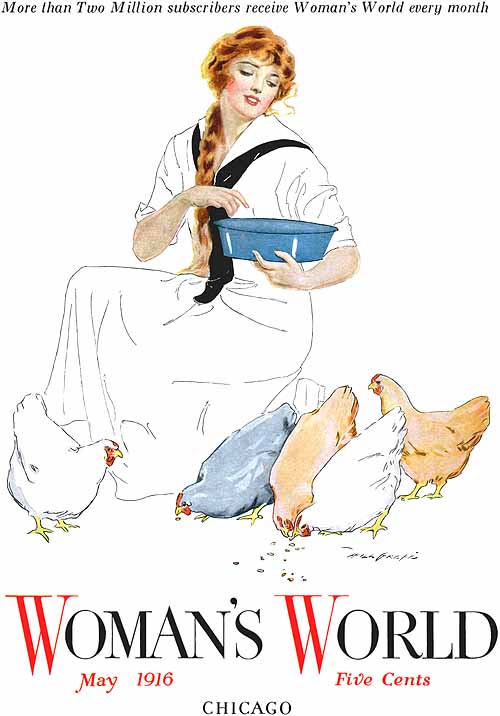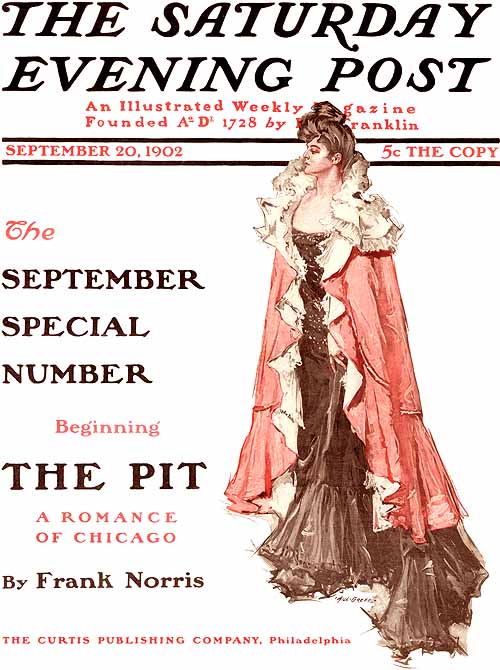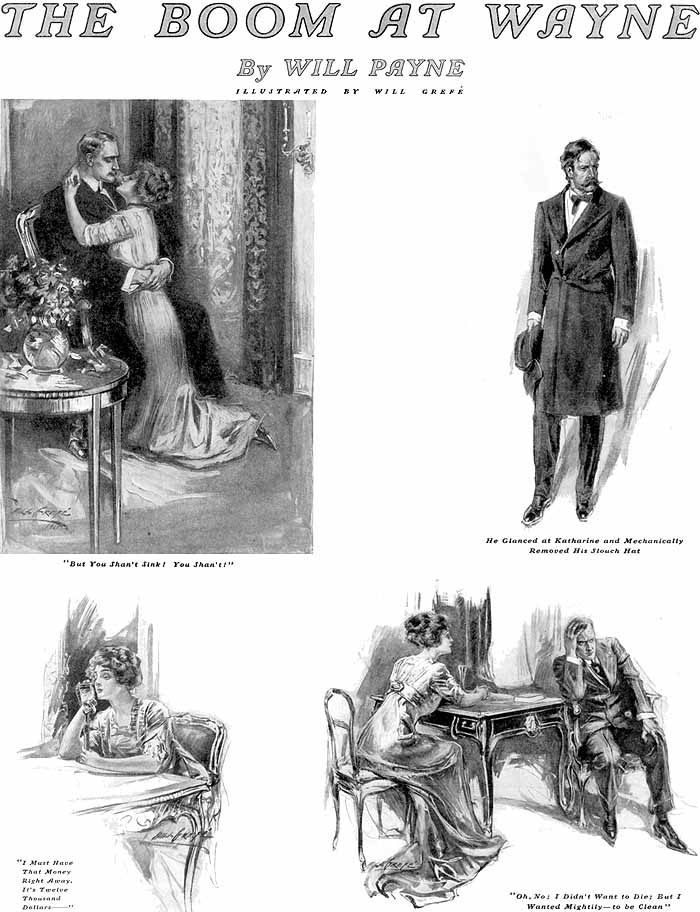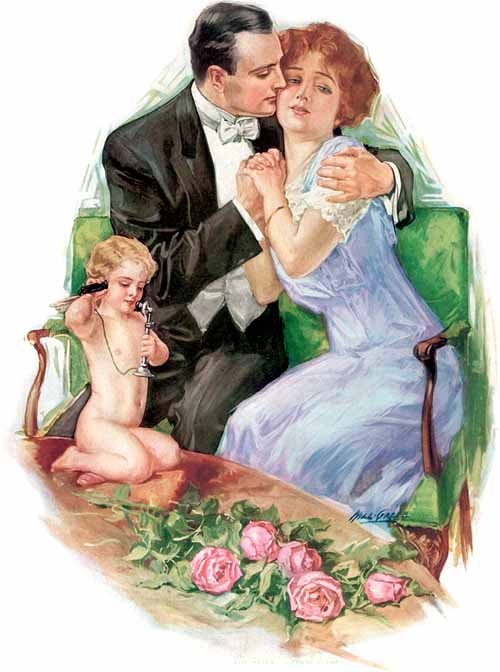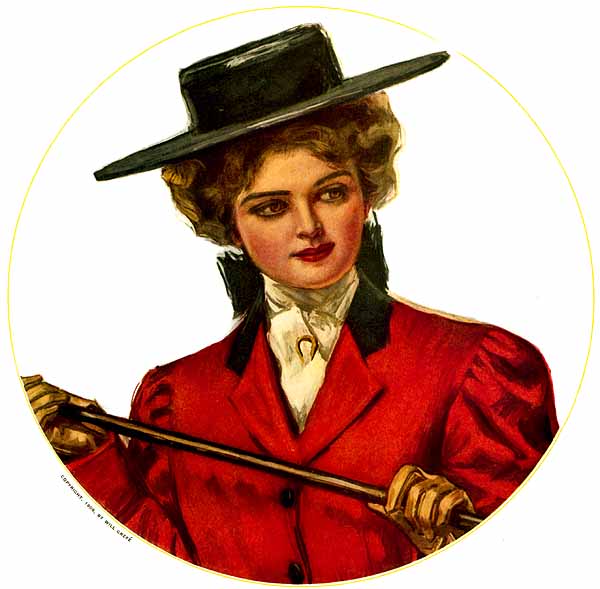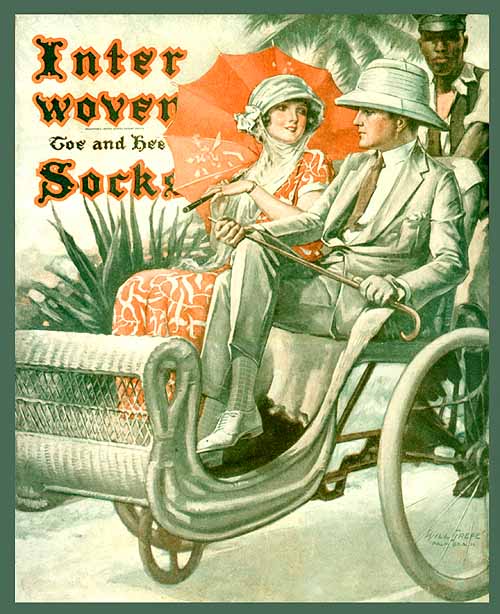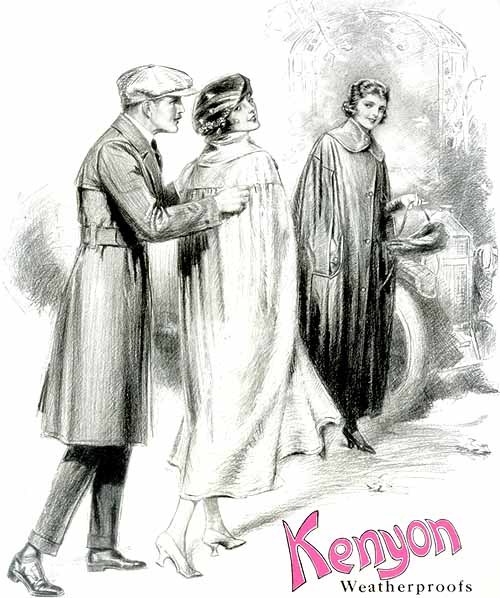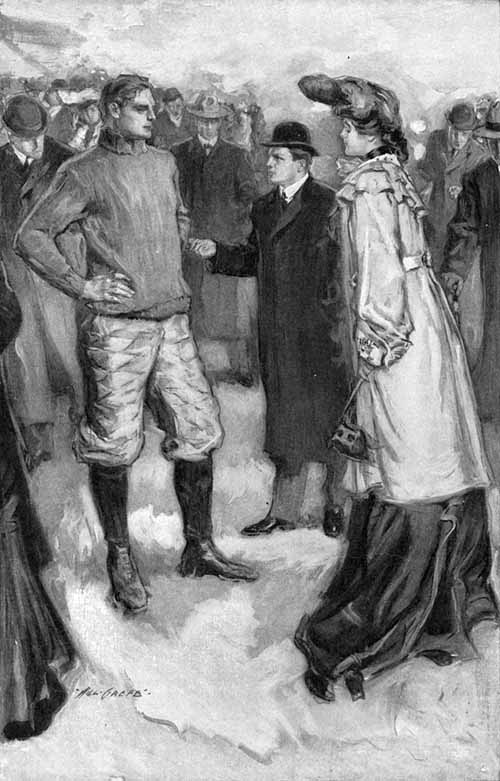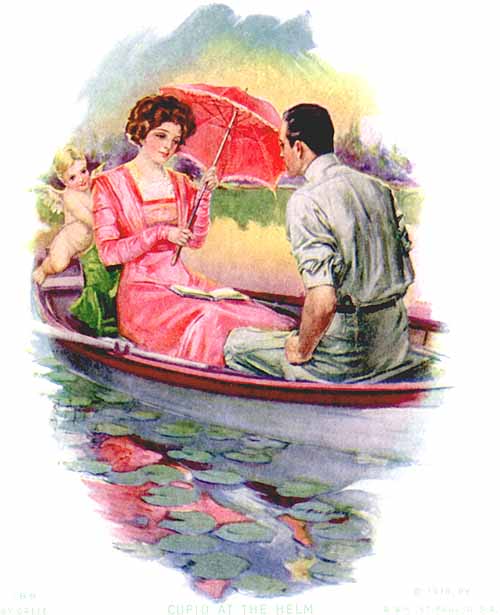
|
Copyrighted Material -CLICK for information |
|
Back |
|
|
Will Grefé
(28 September 1875 – 9 April 1957)
By Mary Elizabeth Grefe Fox |
|
Good Housekeeping (1911) Grefé - 001
|
|
In the Beginning: Poultry At 15, he went to work for an engraving company. The owners soon recognized his talent and had him make all cuts and illustrations for catalogues, fliers, etc. When he was 17, he went to New York to study at the Art Student’s League. After completing his studies there, he felt the need for further instruction and he went to France where he studied several months, but later moved on to Germany (Munich) where he finally found the teachers he had been seeking. He studied at the academy in Munich and also from a private instructor. While he was in Europe, his family moved from Des Moines to Buffalo, NY. He joined them there when he came back from Europe. |
|
All those early chicken drawings pay off handsomely for this pretty girl cover of |
|
Rings, Roses, and Romance for "Marry Me" (1908) Grefé - 003 |
|
Grefé made some sample drawings, photographed them and sent them to the editor of the Saturday Evening Post. (Mr. Lorimer) Mr. Lorimer answered him immediately, telling him that if he would get a studio in NY, they would give him all the work he could do. So with $75.00, he headed for NY and set up a studio and started working for the Saturday Evening Post. Also, Life, Puck, Scribner’s, Judge. Later came McClures, Ladies Home Journal, Cosmopolitan, Hearst, Woman’s World, Redbook, etc. Usually he made three drawings a week for the Post. He also did covers for Saturday Evening Post, Woman’s World, Good Housekeeping, etc. |
|
Cover for The Saturday Evening Post; he also did story art inside (1902) Grefé - 004 |
|
Grefé was a frequent Post story artist, this one for "The Boom at Payne" inside (1916) Grefé - 005 |
|
"Hellow? License Clerk?" (1910) Grefé - 006 |
|
Postcards, Calendars, Prints, and more The Models |
|
Rinso, "No Wonder He's Proud of His Wife." (1933) Grefé - 007 |
|
Will Grefé gets animated When he took his pen and ink drawings to Pathé news, he was offered a very low price per foot of film (which consisted of a number of separate drawings) and as he was being well paid for his magazine illustrations, he dropped the idea of continuing his work with animation. The animation idea wasn't completely lost. For Rinso advertisements, Grefé drew in a sequential comic-strip style reminscent of cartoons and storyboards. These "story" ads premiered in the early 1930s and were a mainstay of Madison Avenue through to the 1960s. Grefé was one of the first and best known artists to exploit the idea. |
|
Will Grefé gets animated When he took his pen and ink drawings to Pathé news, he was offered a very low price per foot of film (which consisted of a number of separate drawings) and as he was being well paid for his magazine illustrations, he dropped the idea of continuing his work with animation. The animation idea wasn't completely lost. For Rinso advertisements, Grefé drew in a sequential comic-strip style reminscent of cartoons and storyboards. These "story" ads premiered in the early 1930s and were a mainstay of Madison Avenue through to the 1960s. Grefé was one of the first and best known artists to exploit the idea. |
|
Riding Girl (1908) Grefé - 008 |
|
Crisco, Barley Cookies with a New Spicy Tang (1919) Grefé - 009
|
|
It all ads up While he used other models, his model for the hair was his wife to be. She had beautiful long hair, and for years she was not allowed to cut it. His ad for Mulsified featured the first woman to appear on a billboard wearing a negligee. He also did ads for Interwoven Socks, Crisco, Ivory Soap, etc. |
|
Interwoven Socks, Toe and Heel (1925) Grefé - 010
|
|
Ivory Soap (1918) Grefé - 011 |
|
Kenyon Weatherproofs (19??) Grefé - 011 |
|
It was customary for the magazines to send a story to the artist, and he would have to read it and choose the spots for illustrations. Some artists would return the story, saying that they couldn’t find anything to illustrate. Then the story was sent to Will and he always found something interesting. His illustrations also appeared in over 100 books. On September 10, 1918, he married Margaret Moore. They were married in Hobocken, NJ because he didn’t want reporters hounding him. On March 19, 1922, they went to Miami, Florida on vacation. At this time, California was beckoning to artists to become movie directors, and they thought of going there, but he had commitments for illustrations and couldn’t take enough time to go to California (the travel in those days was by train). |

The Crimson Cross, three bookplates (1913) Grefé - 012 |
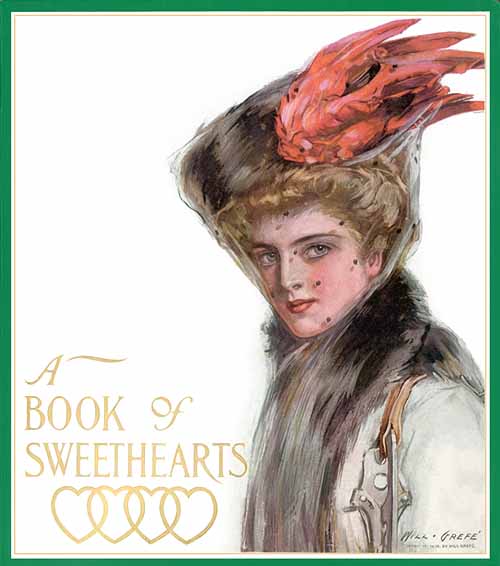
Grefé's girls dominated A Book of Sweethearts, |
|
Miami Blues They returned to Miami the following December, bought an acre of land on what is now Biscayne Boulevard and 75th Street, and built a home which was completed in February 1924. His first child, daughter Mary Elizabeth, was born on January 24, 1924. Grefé retired when he moved to Miami, but he invested heavily in real estate, and when the bubble burst, he again went back to work illustrating for magazines. At first they sent the work to Miami, but the distance presented difficulties if any changes were needed to the drawings. In 1929, he again opened a studio in NY. Margaret and Mary Elizabeth went with him, planning to stay in NY, but Mary Elizabeth, then five, contracted pneumonia and nearly died. Grefé sat by her bed day and night. In those days there were no antibiotics. It was a very serious, often fatal illness. When his daughter finally recovered, he vowed that he would not take any more chances with her health. Margaret and Mary Elizabeth would return to Miami to stay. He continued working in New York, making frequent trips to Miami to be with the family. His son, Will Grefé, III, was born May 17, 1930. |
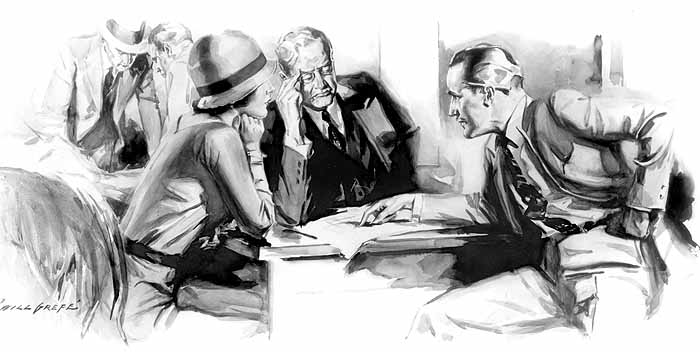
The Saturday Evening Post, "Real Estate Ups and Downs" (1933) Grefé - 014 |
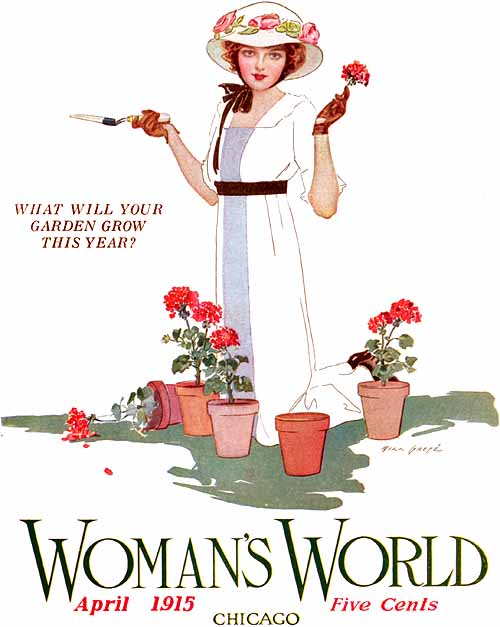
Woman's World, "What Will Your Garden Grow This Year" (1915) Grefé - 015 |
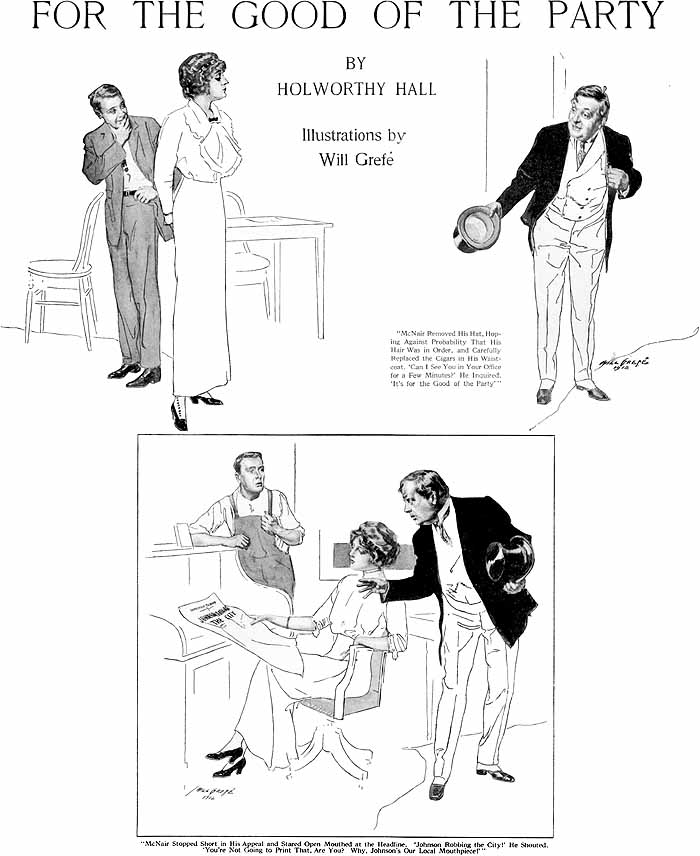
Pictorial Review, "For the Good of the Party" (1913) Grefé - 016 |
|
Miami Improves Some years after Will and Margaret sold the restaurant, they received a letter from an elderly gentleman in Pennsylvania. He wanted to know if Will still had the painting of the beautiful nude woman which had hung over the bar, and would he sell it. Will had stored it along with many other things in a small storage house on a lot near the property he had sold. The thought of retrieving it was distasteful to him, so he put what he thought was a high price on it, so as to discourage the prospective purchaser. The man immediately sent a telegram saying that he was taking a train to Miami to buy the painting and take it home with him. Will had to retrieve the painting, clean it, and have it ready, which he reluctantly did. The old gentleman was as happy as a lark. He explained that if he had a young woman, it would cost him a lot more, and she wouldn’t really want him – just his money. So he was thrilled to be the proud owner of the painting, which he planned to hang in his home, to cover it with drapes, and to unveil it on special occasions. Will was a shy man. He never mingled socially or joined many organizations. He could never sell his work. His work sold itself on its own merit. He enjoyed being with his family, and enjoyed working in his yard. He had many fruit trees such as mangoes, grapefruit, oranges, avocados, and at one time had 100 papaya plants. He had a sense of humor and a twinkle in his eye, especially when he thought of some of the devilish things he did as a boy. But he also had a grim, penetrating gaze as he studied a model when he was working. A quote from a letter he wrote to his wife in the 1930’s: "Someone in the office said that they like not only the expressions, but the fine drawing that I am doing. Well, I’m trying hard enough, but I’m not satisfied. Some day I hope I’ll make something really good. I imagine now I’ll have to give them expression or they won’t be satisfied. I’m glad, at last that someone woke up to expression – for I have always said that so few of the artists get any – most of the faces are perfectly blank – just looking at one another." In his illustrations the characters all seem to interact with one another. Even when there is a large group of people in the picture, you can see how each one is reacting to the other. |
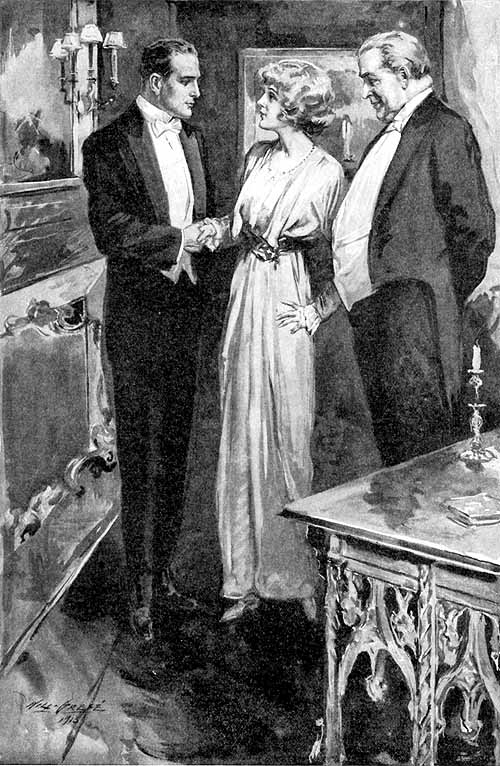
Saturday Evening Post (1913) Grefé - 017 |
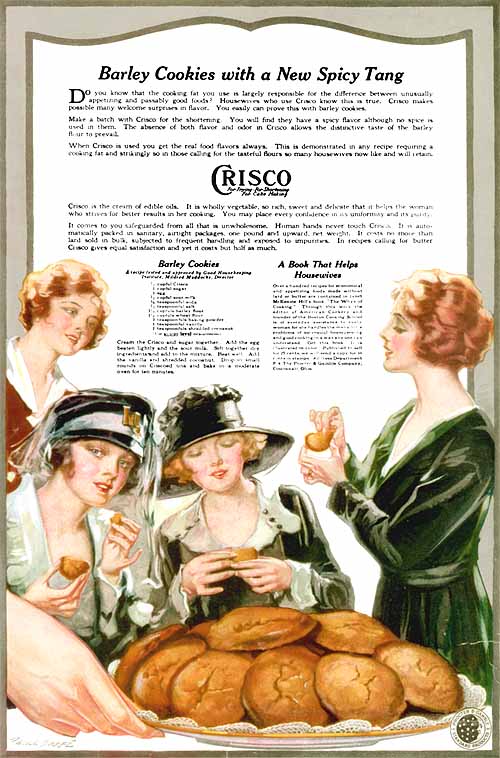
Crisco (1919) Grefé - 018 |
|
The Delineator, "The Battle The Strong" (1904) Grefé - 019
|
|
Grefé on the Artist "Composition and drawing are not of equal importance with imagination. The latter is hardly needed if only the truth to be revealed is strong in the artist’s mind, and his ability to produce it is sufficient." |
|
Cupid at the Helm (1910) Grefé - 020 |
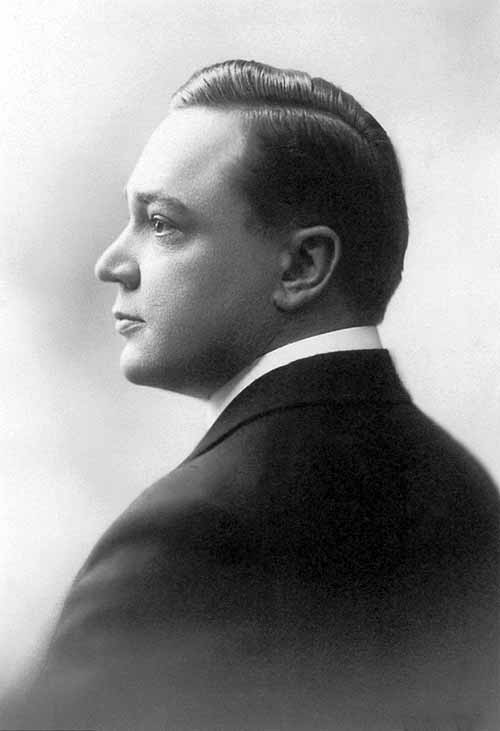
Will Grefe photo (19??) Grefé - 021 |
